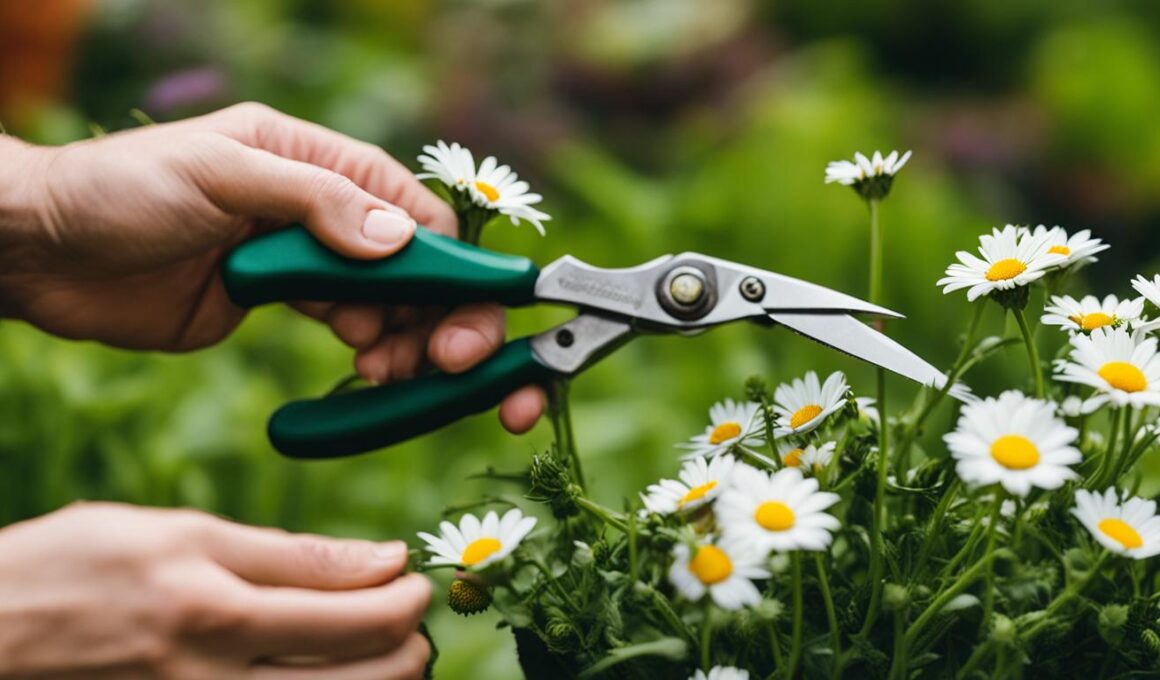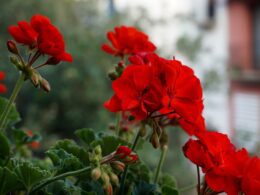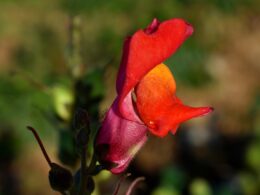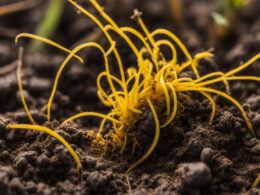Are you looking to maintain your garden’s beauty and encourage blooming? One simple and effective technique is deadheading daisies. Deadheading is the process of removing faded flower heads to stimulate vegetative growth and improve a plant’s appearance. By deadheading daisies, you redirect the plant’s energy towards producing new buds, ensuring the most blooms possible.
Daisies are wonderful plants with composite flower heads, and there are thousands of different species available for cultivation. However, as the flowers fade, they can detract from the overall beauty of your garden. Deadheading not only rejuvenates the appearance of your daisies but also minimizes pests and diseases and prevents the plants from self-sowing.
To deadhead daisies effectively, it’s important to know when to do it. You should remove the faded flowers just before they turn brown. Use sharp and sanitized gardening shears to cut the stems just above a growing point. This ensures that the plant can focus its energy on developing new buds and producing a stunning display of blooms.
Stay tuned to learn more about the purpose and process of deadheading, as well as some useful tips for deadheading daisies.
What is Deadheading?
Deadheading is a simple yet effective gardening practice that involves removing faded flower heads from daisy plants. This process serves multiple purposes and offers a range of benefits for both the plants and the gardener.
When you deadhead daisies, you are essentially terminating the flower’s reproductive cycle. By doing so, you redirect the plant’s energy towards producing new buds, resulting in more abundant blooms.
The purpose of deadheading is not only to maintain the garden’s aesthetic beauty but also to encourage continuous blooming throughout the growing season. By removing faded flower heads, you prevent the plant from channeling its energy into seed production, allowing it to focus on producing new, healthy growth.
There are several benefits to deadheading daisies:
- Stimulating Vegetative Growth: Deadheading promotes the growth of new buds and encourages the development of lush foliage.
- Reviving the Plant’s Appearance: Removing faded flowers gives the daisy plant a more youthful and vibrant look, enhancing the overall aesthetics of your garden.
- Minimizing Pest and Disease Issues: By eliminating spent flowers, you reduce the risk of attracting pests and diseases that may negatively impact the health of your daisies.
- Preventing Self-Sowing: Deadheading prevents daisy plants from self-sowing and potentially overcrowding your garden.
By incorporating deadheading into your gardening routine, you can enjoy the numerous benefits it offers, from promoting continuous blooming to maintaining a visually appealing and healthy garden.
How to Deadhead Daisies
To deadhead daisies, you will need sharp and sanitized gardening shears and protective gloves. It is important to use clean tools to prevent the spread of pathogens.
When deadheading, it is essential to remove more than just the flower bud. Follow the stem of the fading daisy down to a lateral bud and snip the stem about a quarter inch above the new growth point. Lateral buds are sprouting between mature leaves and the stem and serve as the life support for new buds.
If your daisy plant has multiple smaller florals on one branch, it is safe to remove the entire shoot a quarter inch above the base of the oldest fading flower. Once you have deadheaded the daisies, you can place them in a compost bin.
Can Deadheaded Daisies Be Used for Drying and Resin Crafts?
Yes, deadheaded daisies can be used for drying flowers for resin crafts. Simply remove the blooms and hang them upside down in a cool, dark place until they are completely dry. Once dried, the daisies can be used in resin crafts to create beautiful and long-lasting floral arrangements.










